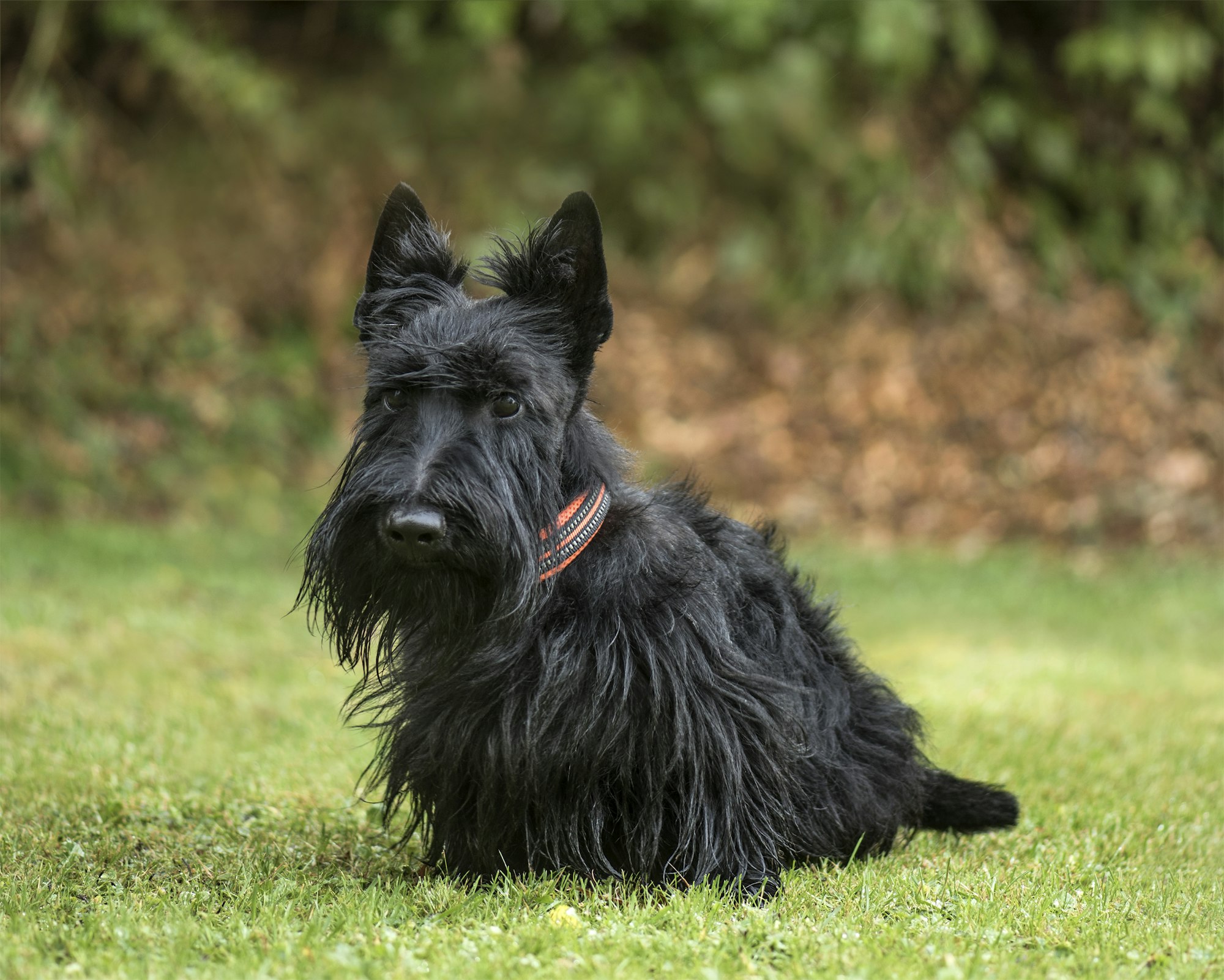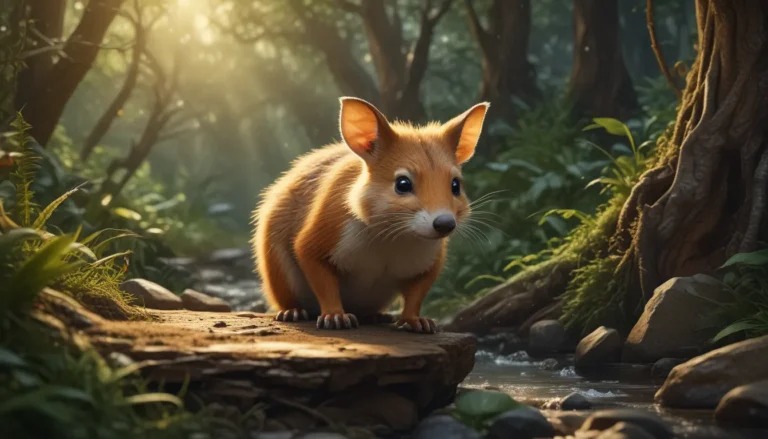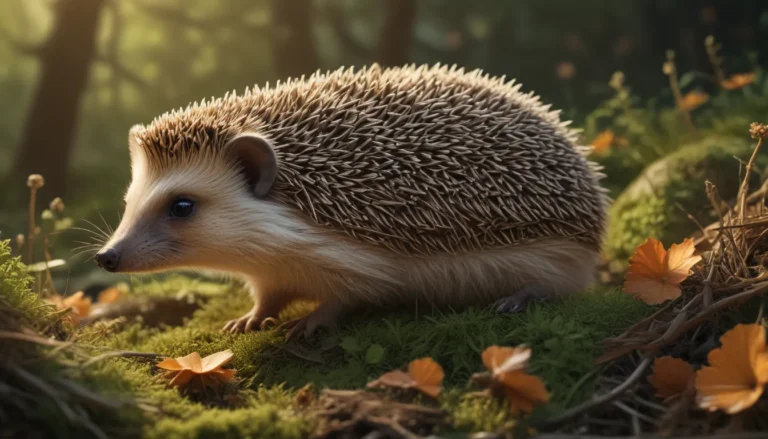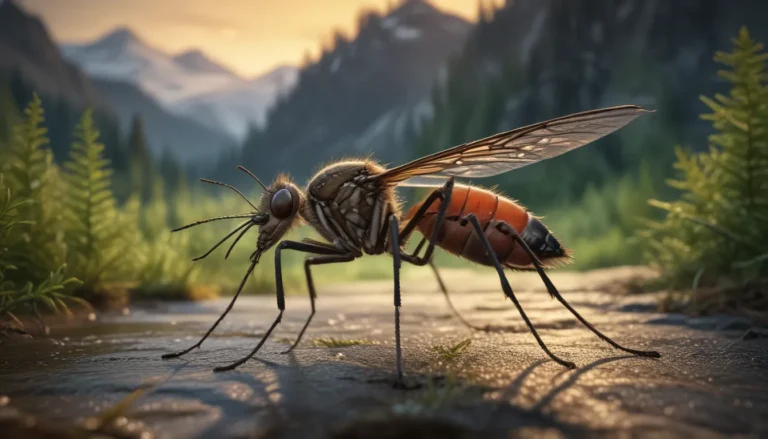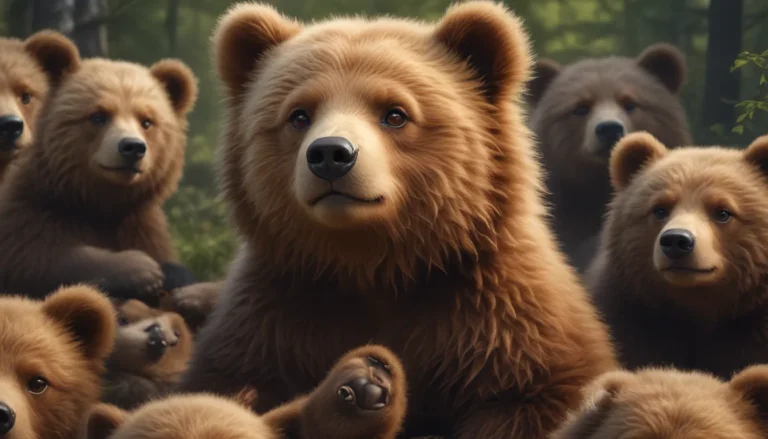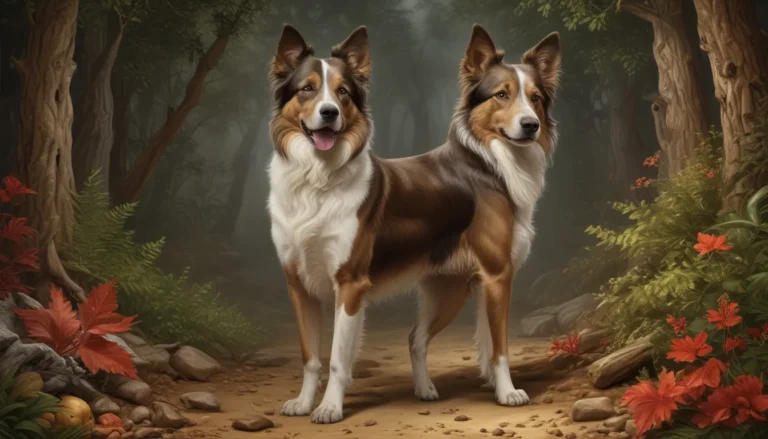The pictures we use in our articles might not show exactly what the words say. We choose these pictures to make you interested in reading more. The pictures work together with the words but don’t take their place. The words still tell you the important facts.
Introduction
Scottish Terriers, affectionately known as "Scotties," are a breed steeped in history and rich in character. These small yet robust dogs have captured the hearts of many, from royalty to common folk, with their distinctive appearance and spirited personalities. In this comprehensive guide, we'll explore fascinating facts about Scottish Terriers, delving into their origins, physical characteristics, temperament, and more.
Originating from the Scottish Highlands, these tenacious terriers were initially bred for hunting vermin and have since evolved into beloved companions. Their unique silhouette, characterized by short legs and a distinctive beard, makes them instantly recognizable. As we uncover the many facets of the Scottish Terrier, you'll discover why this breed has maintained its popularity for centuries and continues to charm dog enthusiasts worldwide.
Key Takeaways
- Scottish Terriers originated in Scotland and were bred for hunting vermin.
- They have a distinctive appearance with a wiry coat and beard.
- Scotties are known for their independent and spirited nature.
- The breed has been favored by several U.S. presidents and celebrities.
- Scottish Terriers require moderate exercise and regular grooming.
- They can be prone to certain health issues, including some types of cancer.
- Scotties have a rich history in popular culture, including appearances in movies and board games.
Fascinating Facts About Scottish Terriers
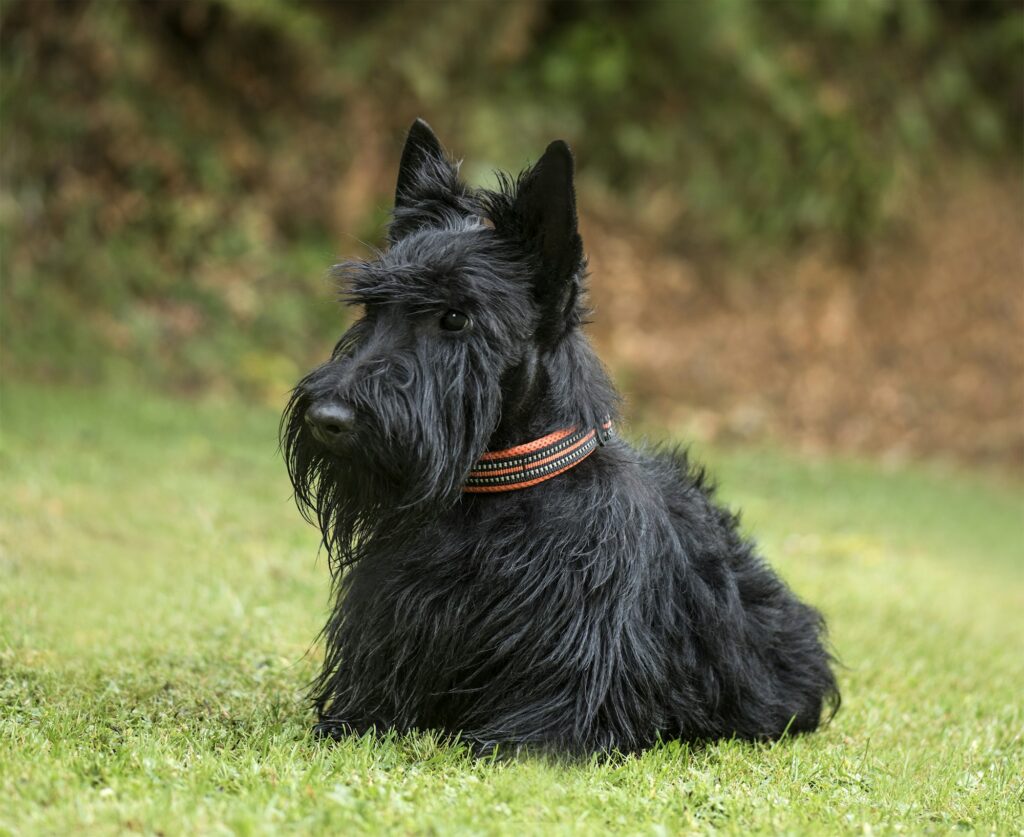
1. Royal and Presidential Connections
Scottish Terriers have a long history of being favored by royalty and world leaders. Queen Victoria was known to own Scotties, and they've been a popular choice among U.S. presidents. In fact, Scottish Terriers and German Shepherds are the only breeds to have lived in the White House more than three times.
Perhaps the most famous presidential Scottie was Fala, owned by Franklin D. Roosevelt. Roosevelt was so attached to Fala that he rarely went anywhere without him. More recently, President George W. Bush owned two Scottish Terriers named Barney and Miss Beazley, with Barney even starring in nine White House-produced films.
2. Distinctive Appearance and Grooming Needs
Scottish Terriers have a unique and instantly recognizable appearance. They typically stand about 10 to 11 inches tall and weigh between 18 to 22 pounds. Their most distinctive features include:
- A long, bearded face
- Erect ears and tail
- Short legs with a sturdy body
- A hard, wiry outer coat with a soft, dense undercoat
The Scottie's coat requires regular grooming to maintain its characteristic appearance. Their double coat sheds minimally, but regular brushing is essential to prevent matting. Professional grooming every few months is often recommended to keep their coat in top condition.
3. Temperament and Personality Traits
Scottish Terriers are known for their spirited and independent nature. Here are some key personality traits of the breed:
- Intelligent and loyal
- Territorial and protective
- Alert and quick-moving
- Stubborn at times
- Affectionate with family
Their strong-willed nature can make training challenging, but with consistency and patience, Scotties can become well-behaved companions. They're often described as "big dogs in a small package" due to their fearless and confident demeanor.
4. Health Considerations
While Scottish Terriers are generally hardy dogs, they are prone to certain health issues. Some of the conditions that Scottie owners should be aware of include:
Research has shown that Scottish Terriers are more susceptible to certain types of cancer compared to other breeds. They are particularly prone to bladder cancer, with studies suggesting they are 20 times more likely to develop this condition than other breeds.
5. Historical Origins and Breed Development
The Scottish Terrier's history dates back to the 16th century, with the first written records mentioning a dog similar to the modern Scottie appearing in 1436. The breed we know today was developed in the 19th century when efforts were made to separate and standardize various Scottish terrier breeds.
Key milestones in the Scottish Terrier's history include:
6. Exercise and Living Requirements
Despite their small size, Scottish Terriers have moderate exercise needs. They require daily walks and playtime to maintain their physical and mental well-being. Their exercise routine should include:
Scotties can adapt well to various living situations, including apartments, as long as they receive adequate exercise. However, they do have a strong prey drive and tendency to dig, so a securely fenced yard is ideal if available.
7. Popular Culture and Fame
Scottish Terriers have left their mark on popular culture in various ways:
Their distinctive appearance and charismatic personalities have made them popular subjects in media and entertainment for decades.
Scottish Terrier Facts: By the Numbers
To give you a quick overview of some key facts about Scottish Terriers, here's a table with important numbers:
| Fact | Number |
|---|---|
| Average height | 10-11 inches |
| Average weight | 18-22 pounds |
| Average lifespan | 12-14 years |
| AKC recognition year | 1885 |
| Westminster Best in Show wins | 9 |
| Coat colors | 3 (Black, Brindle, Wheaten) |
| Daily exercise requirement | 30-60 minutes |
| Grooming frequency (professional) | Every 6-8 weeks |
Scottish Terrier Health: Cancer Risk Comparison
As mentioned earlier, Scottish Terriers are at higher risk for certain types of cancer. Here's a visual representation of the bladder cancer risk in Scottish Terriers compared to other breeds:
This graph illustrates the significantly higher risk of bladder cancer in Scottish Terriers compared to other breeds, as well as their generally elevated risk for other types of cancer. It's important for Scottie owners to be aware of these risks and to work closely with their veterinarians for regular check-ups and early detection.
Key points to remember:
FAQ: Facts About Scottish Terriers
Are Scottish Terriers good with children?
Scottish Terriers can be good with older children who understand how to interact with dogs respectfully. However, they may be less tolerant of young children or rough play, so supervision is important.
How often should I groom my Scottish Terrier?
Scottish Terriers should be brushed several times a week and professionally groomed every 6-8 weeks to maintain their coat in good condition.
Are Scottish Terriers easy to train?
Scottish Terriers can be challenging to train due to their independent nature. They require consistent, patient training with positive reinforcement methods.
Do Scottish Terriers shed a lot?
No, Scottish Terriers are considered low-shedding dogs. However, their coats do require regular grooming to prevent matting.
How long do Scottish Terriers typically live?
The average lifespan of a Scottish Terrier is 12-14 years when provided with proper care and regular veterinary check-ups.
Conclusion
Scottish Terriers are a breed rich in history and character, offering a unique blend of companionship and charm to those who welcome them into their homes. From their distinctive appearance to their spirited personalities, Scotties have captivated dog lovers for centuries. Their royal and presidential connections, coupled with their pop culture presence, have cemented their status as an iconic breed.
While owning a Scottish Terrier comes with its challenges, including their grooming needs and potential health concerns, many find the rewards of their loyalty and character well worth the effort. As with any breed, potential owners should carefully consider their lifestyle and capabilities before bringing a Scottie into their home. With proper care, training, and love, a Scottish Terrier can be a delightful and devoted companion for many years to come.
